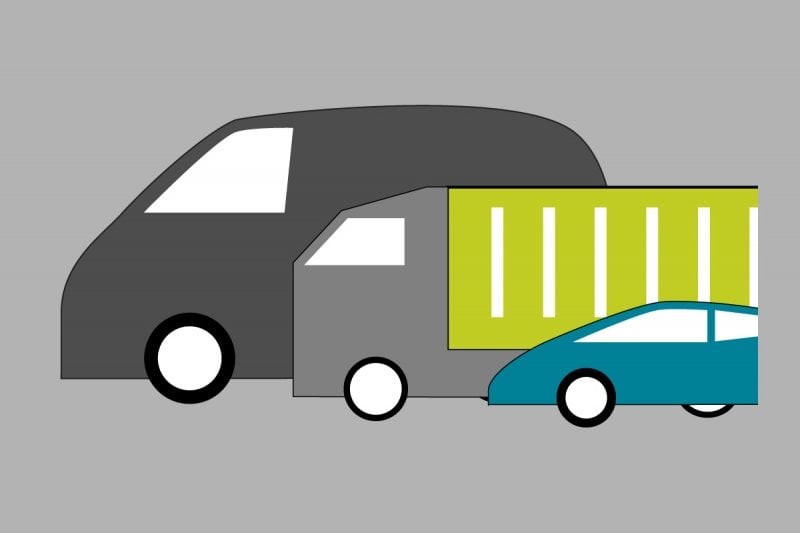In today's fast-paced world, transportation systems play a pivotal role in connecting people, goods, and ideas across the globe. From ancient trade routes to modern-day high-speed railways, transportation systems have evolved significantly, shaping the way we live, work, and interact. This blog post aims to delve into the essence of transportation systems, exploring their definition, types, and their transformative impact on society.
- Understanding Transportation Systems:
Transportation systems encompass the infrastructure, vehicles, and operations involved in the movement of people and goods from one location to another. They serve as the lifeline of economies, enabling trade, tourism, and social interactions. These systems are characterized by their efficiency, safety, sustainability, and accessibility. - Types of Transportation Systems:
2.1. Road Transportation:
Road transportation, including highways, streets, and bridges, remains the most common and widely used mode of transportation. It offers flexibility, door-to-door service, and accessibility to remote areas. However, it faces challenges such as traffic congestion, environmental impact, and maintenance costs.
2.2. Rail Transportation:
Rail transportation, comprising trains and railways, provides a cost-effective and efficient means of moving large volumes of goods and people over long distances. It offers high capacity, reduced fuel consumption, and lower emissions. With advancements like high-speed rail, magnetic levitation (Maglev), and automated systems, rail transportation is evolving rapidly.
2.3. Air Transportation:
Air transportation, represented by airplanes and airports, enables rapid global connectivity, making it indispensable for long-distance travel and international trade. It offers speed, convenience, and accessibility to remote regions. However, it faces challenges related to carbon emissions, noise pollution, and airport congestion.
2.4. Water Transportation:
Water transportation, including ships, barges, and ports, facilitates the movement of goods and people across oceans, rivers, and lakes. It offers cost-effectiveness for bulky cargo, energy efficiency, and reduced traffic congestion. Water transportation also plays a crucial role in international trade and tourism.
2.5. Pipeline Transportation:
Pipeline transportation involves the use of pipelines to transport liquids and gases, such as oil, natural gas, and water. It offers a safe, reliable, and efficient means of transporting large quantities of resources over long distances. Pipeline systems are vital for energy distribution and play a significant role in the global economy.
- Transformative Trends in Transportation Systems:
3.1. Intelligent Transportation Systems (ITS):
The integration of advanced technologies, such as sensors, communication networks, and data analytics, has given rise to Intelligent Transportation Systems. ITS aims to enhance safety, efficiency, and sustainability by optimizing traffic flow, managing congestion, and providing real-time information to travelers.
3.2. Shared Mobility:
The emergence of shared mobility services, including ride-sharing, car-sharing, and bike-sharing, has revolutionized urban transportation. These services promote efficient resource utilization, reduce traffic congestion, and contribute to environmental sustainability. Moreover, the advent of autonomous vehicles holds the potential to further transform shared mobility.
3.3. Sustainable Transportation:
Recognizing the environmental impact of transportation, sustainable transportation initiatives have gained momentum. Electric vehicles, renewable energy integration, and eco-friendly infrastructure are key components of sustainable transportation systems. These initiatives aim to reduce greenhouse gas emissions, improve air quality, and mitigate climate change.
Conclusion:
Transportation systems are the arteries of modern society, enabling the seamless movement of people, goods, and ideas. Understanding the dynamics and types of transportation systems is crucial for policymakers, urban planners, and individuals alike. By embracing technological advancements, promoting sustainability, and fostering innovation, we can shape transportation systems that are efficient, safe, and environmentally friendly, ensuring a brighter future for generations to come.

